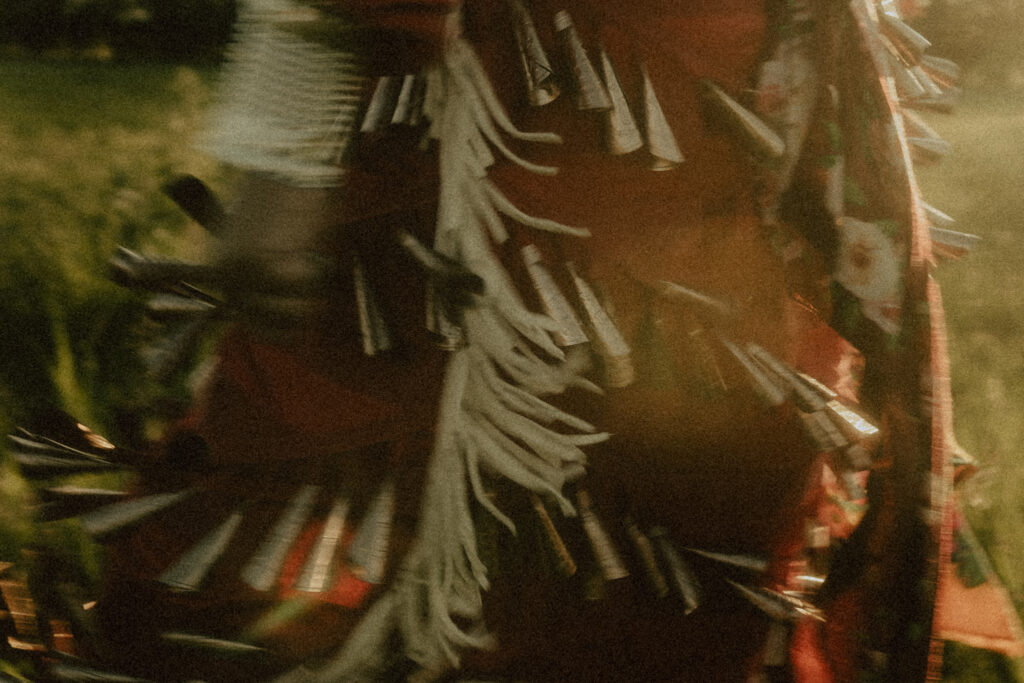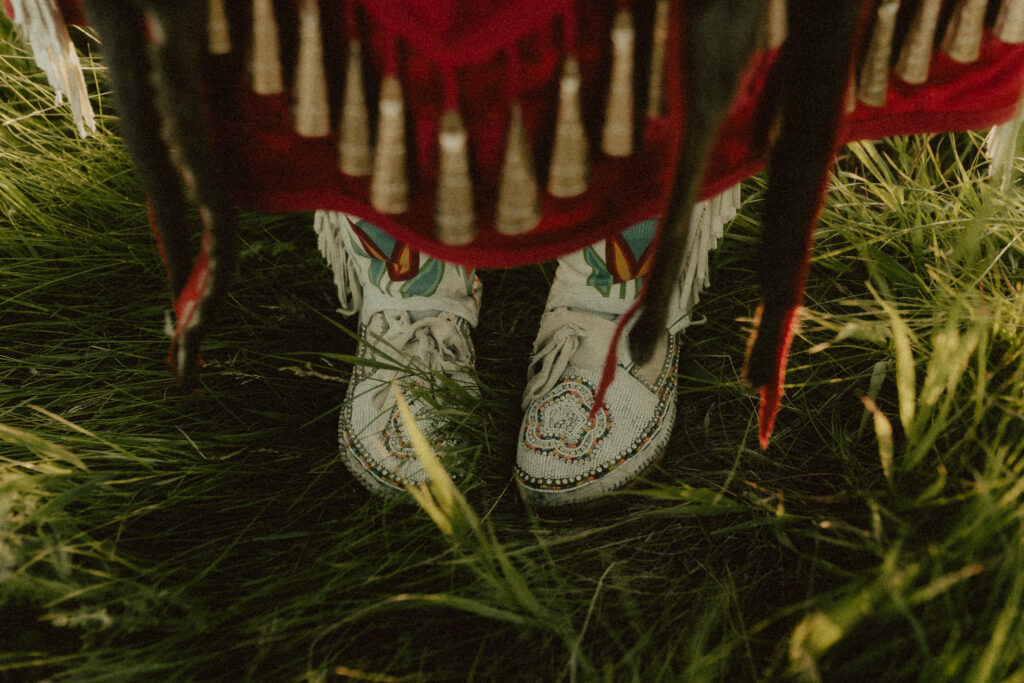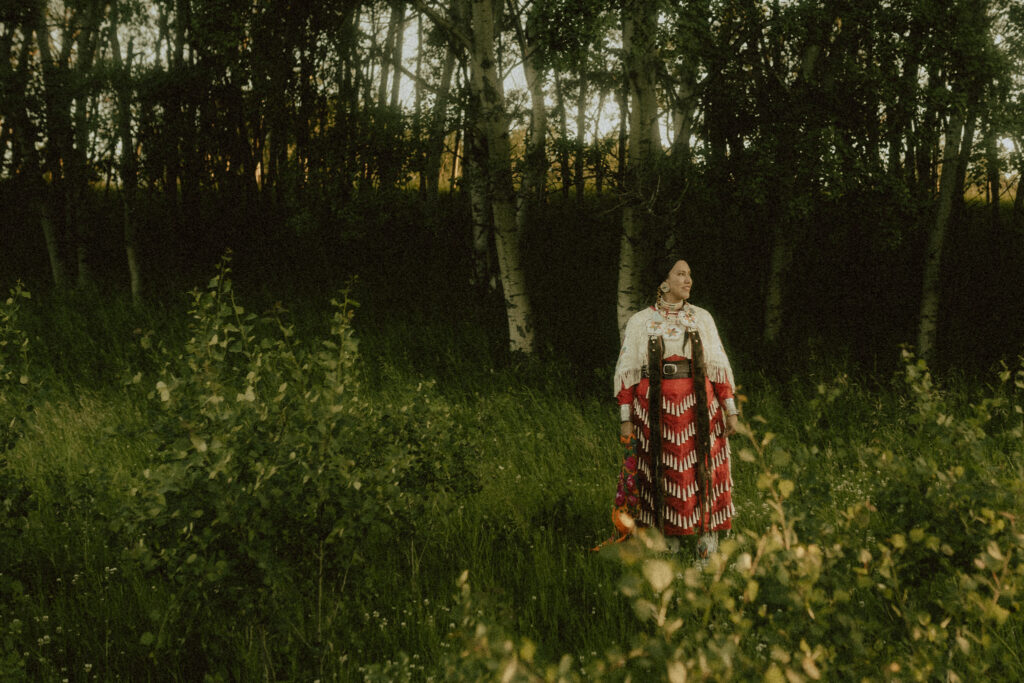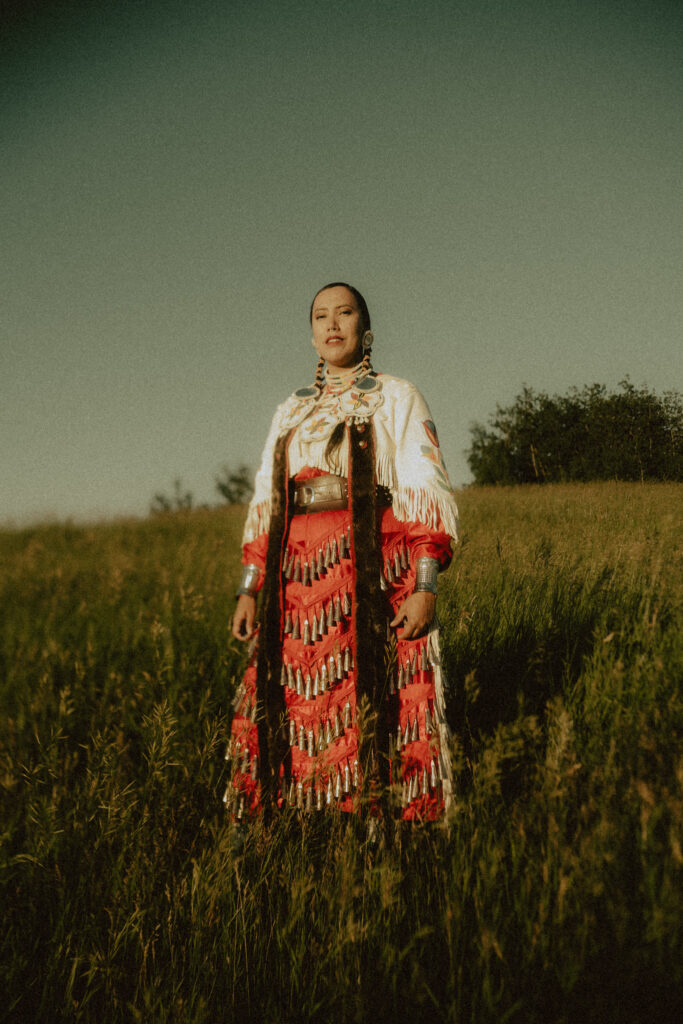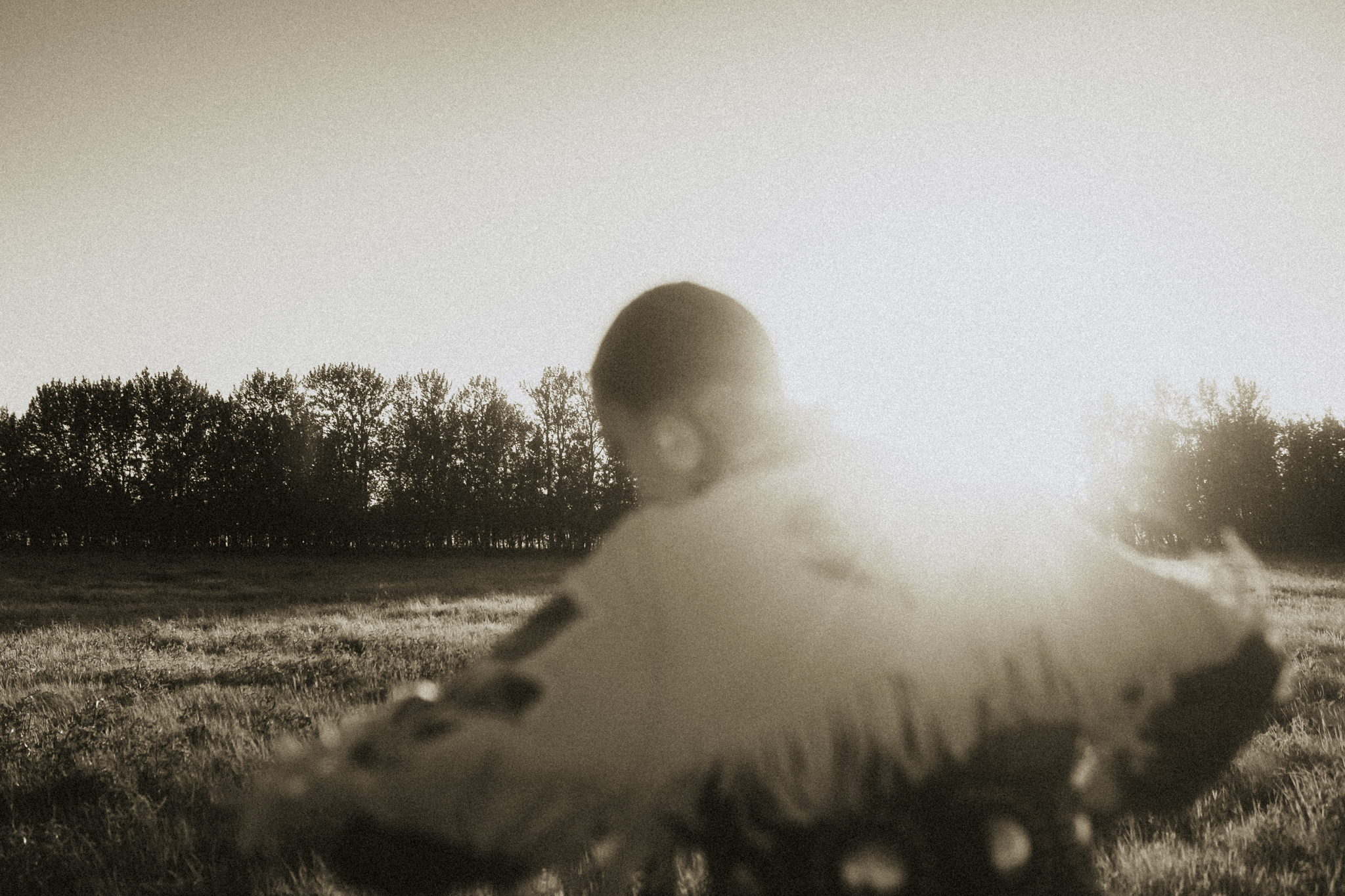
When my sister-in-law reached out to me about doing a session with her friend Kori in her Jingle Dress, I was over the moon excited. I instantly started conjuring images of slow shutter speeds and blurred color, but the heart of this session didn’t truly dawn on me until I met Kori. In an email prior to the session, Kori wrote that her hope was “to feel seen….[for] the pain and suffering that I wear effortlessly every day as a Cree mother to shine through and be complimented by my resilience… I want these images to create space for other Nehiyaw Iskwewak (Cree women) to feel safe to be vulnerable and to heal.”
Kori’s aim for this session was so honest and heartfelt that it took my breath away. We talked for over an hour as she got ready, and it was such an honor to hear her perspective.
We started by discussing the role of women in society. She told me that feminism is something she struggles with, as in her Matriarchal Tradition, men and women are not considered equal. Instead, women are above men in society due to their role as Life-Givers. As Life-Givers, women are the bridge between the spirit and human worlds and are revered as such. The female Elders in the community make final decisions after discussing issues in the meeting of Elders. Traditionally, men’s roles were to go out and hunt for food, while women took care of the community and raised and taught the children. When the men brought back their game, women prepared it, but it was the men who served the food to the people. Elders were meant to spend time with children as often as possible, in order to pass down their teachings.
We also touched on terminology. Kori noted that how we say things matters and used “Indigenous of Canada” as an example. The term “Indigenous of Canada” is problematic in that the Native peoples of this land do not belong to Canada; they pre-date the existence of Canada as a country. Kori also notes that the term “Indigenous” is a blanket term that lumps many Nations together and each Nation is unique, having different teachings, customs, and languages. She recommends being as specific as you can (ie. She refers to herself as Nehiyaw iskwew meaning Cree Woman). She noted that we are all treaty people and that Canada has nothing to do with treaties (although the government of Canada uses our ignorance of history to their advantage).
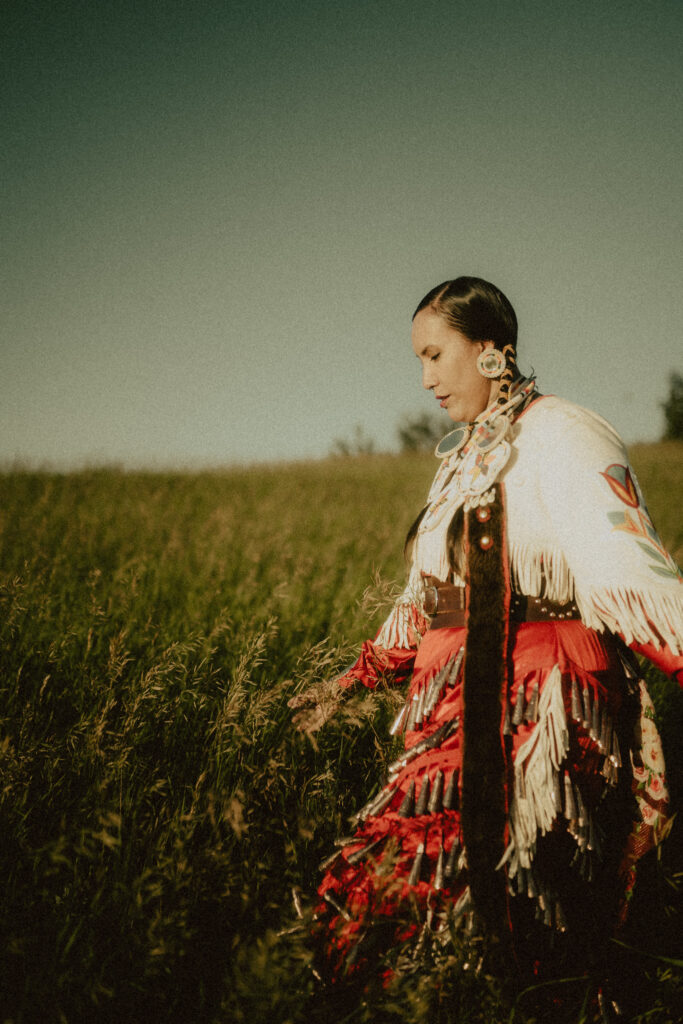
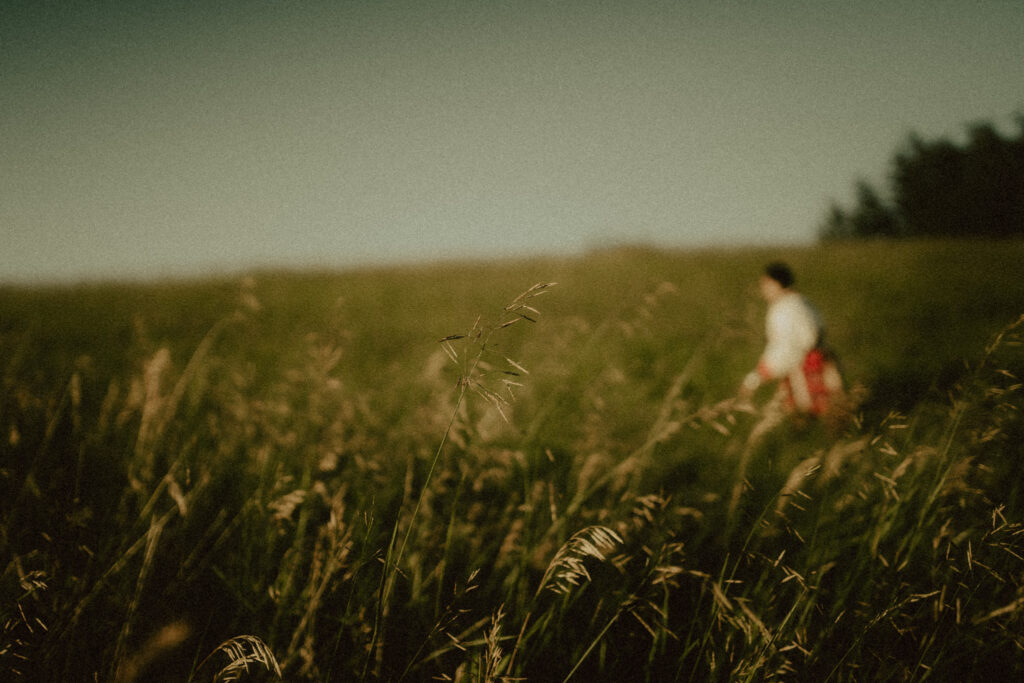
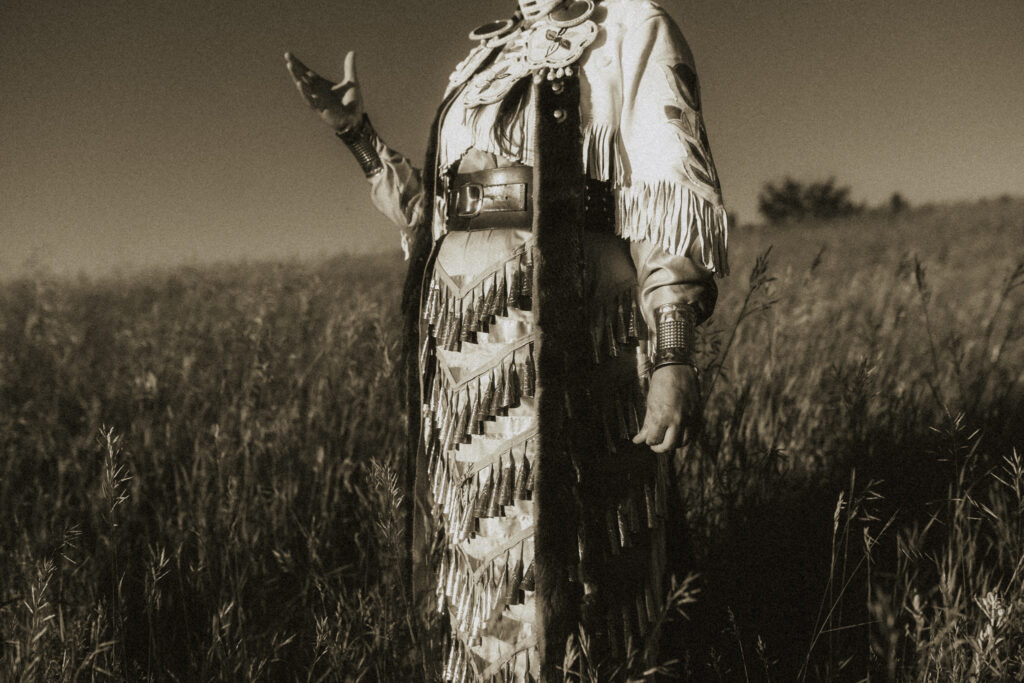
Treaties were made between First Nations and the British crown before Canada existed and White people would not have been able to live on this land without the signing of the treaties – The land was to be shared – and act as a bridge between peoples. Because of this each person, White and Native, have responsibilities, which at the core is a duty to care for Mother Earth as she provides us everything. It was agreed that White culture and Native ways would operate parallel to one another, without intersecting, and that each Nation would be free to govern its own people. As history shows us, this is an agreement that was not honored, and trust and respect were lost. As descendants of settlers, educating ourselves on this history is the first step, but we can and should teach our children that we are all treaty people and have responsibilities. Although it is difficult to talk to young children about Residential schools, there are many age-appropriate resources available. The most basic way of talking to your kids is by reading them books.
One question I asked is one that has been weighing on my heart for a few weeks:
As Christianity and ancient colonialism placed Northern Europe under a firm grip long before Northern people had a chance to document their own earth-based cultural practices, beliefs, and teachings, there are no longer memory keepers in my lineage to learn from. As a white woman wanting to rediscover and learn about earth-based spiritual practices and ways of being, how do I go about doing that without appropriating Indigenous culture?
Kori began by explaining to me that there are some things that uneducated white people have no rights to (For example; an artist painting totems without being taught the significance and teachings of totems). She told me that when she was in her first year of University, there was a white professor teaching Indigenous studies. She instantly didn’t like that, thinking he was likely just another white person trying to bring his perspective to speak on behalf of Native people.
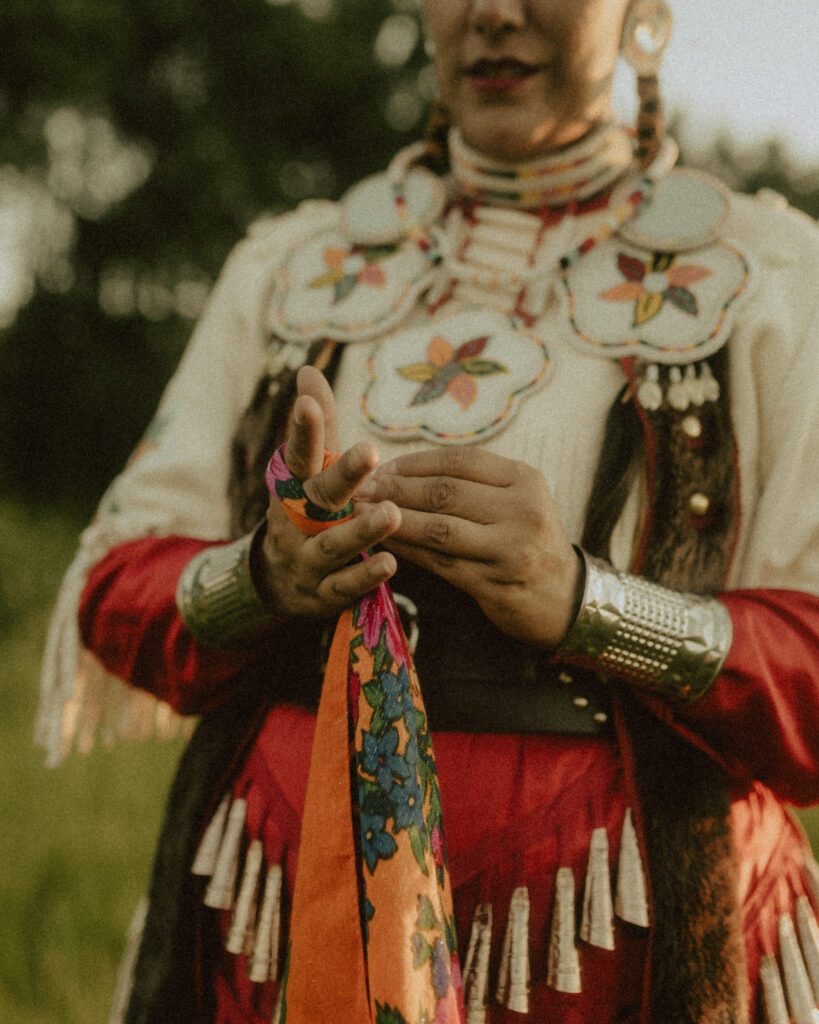
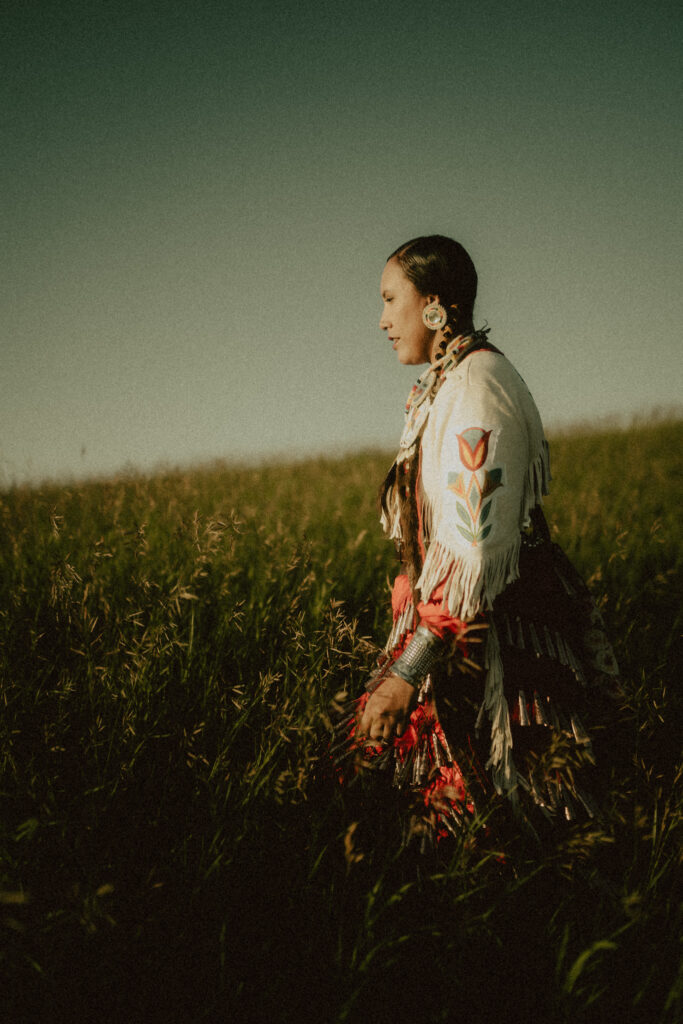
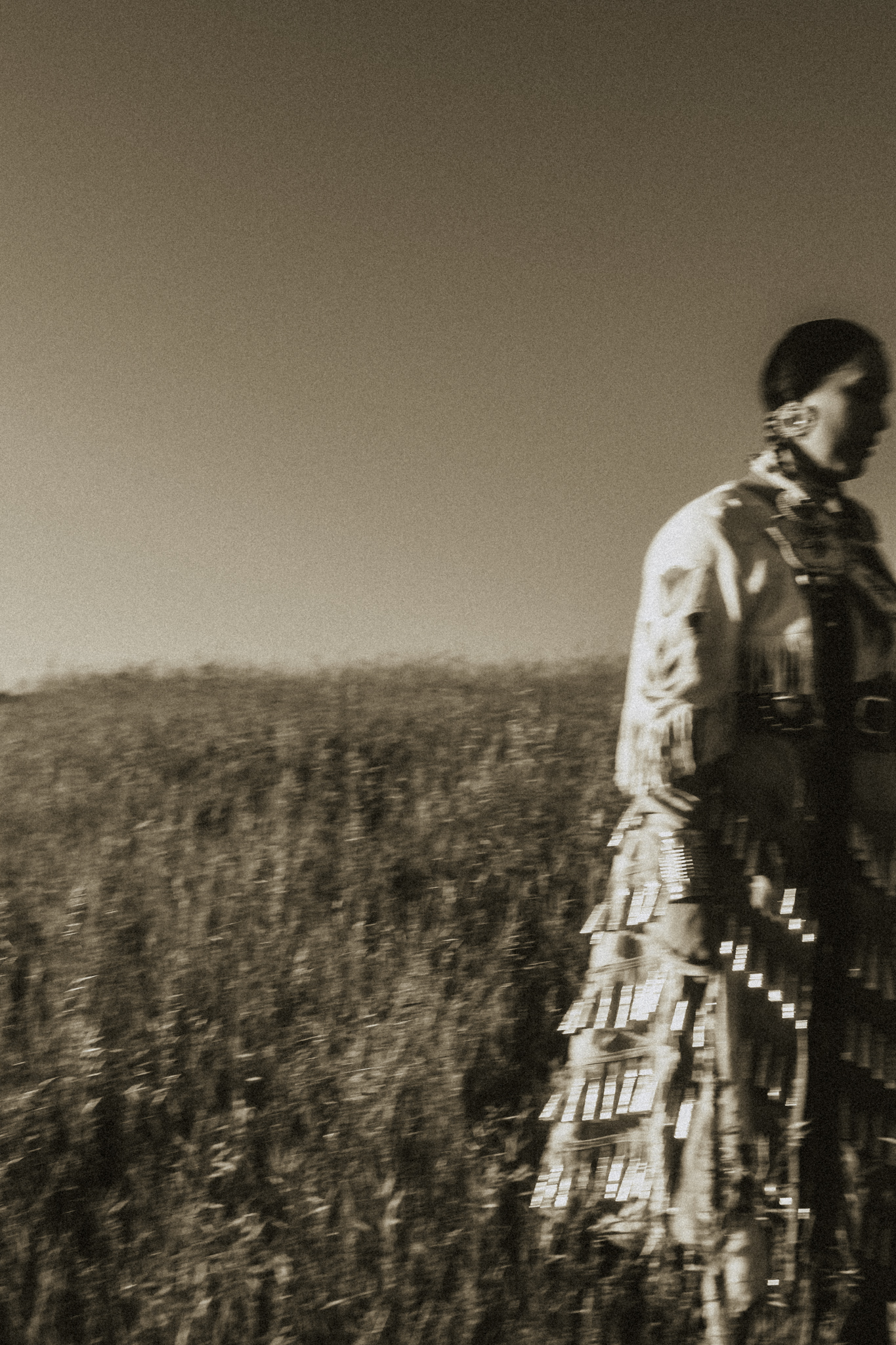
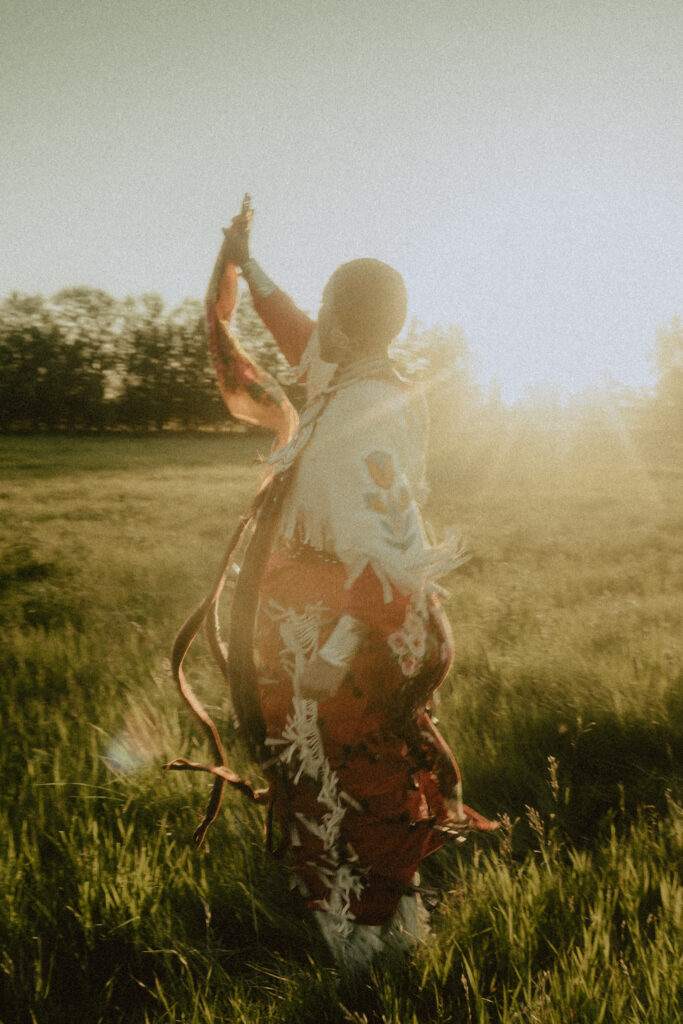
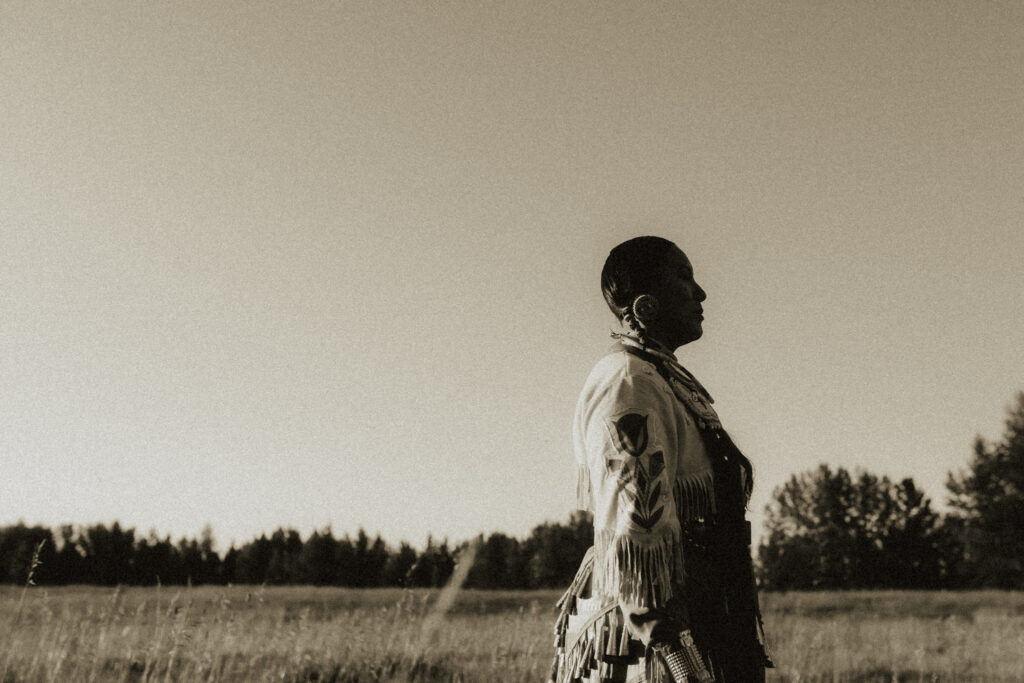

But when he started to teach she realized this was a man who had relationships with Native people, who had done the work, formed relationships, and been given the right to speak to these things. He understood and respected Native cultures, and he was teaching from a place of education, understanding, and authenticity. She explained that this knowledge is available to all people, but as white people steeped in colonialism and patriarchy, we should be mindful of the blindspots in our conditioning and seek understanding and wisdom from those who have a connection with the earth.
Then she asked me, “Do you know the Native communities in your area?”
“No”, I answered, “I don’t”
“Well, that is a good place to start.”
I realized with some conviction that reading books and following Instagram accounts wasn’t going to cut it if I wanted to do this work in depth. Although helpful, these things give us a sense of doing the work without actually requiring us to be vulnerable, and without taking any risks. We need to go out and meet people who have this knowledge, sit at their feet while they talk, absorb their teachings and wisdom, and let it soften our hearts and change how we live.
When settlers came to these shores, they came with the idea that they were advancing the land with their knowledge, science, and worldview. What they never considered was that the land, and the people already on it, had wisdom and medicine that we all needed. And we still do.
Maybe by unlearning our assertive insistence that we have it figured out we could hear the soft call of our own lost traditions and teachings. Maybe the earth will start to speak to us as it once did, through the beautiful bond that is found in reciprocity with the earth and with those whose teachings still honor it. But to be in relationship with the earth means to let it be itself, to stop our attempts at subjugation. We have to let go of the idea that we are dominant, that the earth is something that we can possess and control, and that it is our birthright as humans to do so. This ideology is not serving us, but leading us down a grave road of disconnect and destruction.
How we approach the earth is often reflected in how we approach our bodies. As our own little plot of land, our bodies symbolize the earth and this is particularly true for women (an ideological connection that is prevalent across cultures). The ideology that justifies subduing and pillaging the earth for its resources is the same ideology that encourages us to whip our bodies into shape and pick apart every flaw. Insensitive to the body’s natural rhythms, it glorifies the mind at the expense of the body.
One of the most beautiful things I learned about Kori was how she viewed her body, “I was born into this human form with the gift of creating life. Because of that, I love my body and all of its strength. They say that when a female gives birth, the young girl in her dies, and the woman (mother) is born. I am blessed to have been able to go through that change of life. When I look at my stretch marks I am reminded that they are signs of that very change of life. I am reminded that my tummy was my son’s first home and while he was in there we shared the same heartbeat. Today when he rests his head on my chest and hears the heartbeat we once shared, he is comforted and I am reminded that we share a connection neither of us will ever experience with another. For these reasons, I love my body. I also acknowledge that life has weakened certain parts of my body and I have to put in extra work to keep it strong. I respect my ailments and work to nurture and support them rather than see them as burdens. This human body is fragile and it took me a lot of years to understand that. Younger adult me may have been reckless and irresponsible but I don’t fault her because she was not ready for the healing journey that needed to happen. I love her and forgive her.”
Her answer speaks to patience, acceptance, to an understanding of different phases, and the need for our bodies to change and evolve with each new chapter. She speaks to pain and hardship, and recognizing how these things affect our bodies, and mindfully choosing empathy and curiosity, over despair and control. I personally believe that a global revolution could come from simply reframing how we view and treat our bodies; meeting them right where they are, regardless of our preconceived ideas of what they should look like or how they should function. Simply learning to tap into and listen to our bodies and honor their needs, has the potential to exact beautiful and impactful change in the world.
When she was almost finished getting ready, we talked about her Jingle Dress. Kori made her own (go check out her page @klscreeations on Instagram to see more of her incredible work) and talked about her experience with the therapeutic aspects of creating. She told me that the Jingle Dance is a dance for healing and that she has often become emotional while dancing. The mirrors braided into her hair are to deflect bad energies, and children have good energy so she welcomes their curiosity when they run up to her and swish the cones on her dress to hear them chime; another reminder that children are born with an innate wisdom that we too often have conditioned out of us.
Kori’s desire to be seen is a universal one. It is a desire to be recognized and appreciated for what we are and not what we would be molded into. It’s a desire to challenge stereotypes by seeking more knowledge and experience. We all need spaces where we can be vulnerable and heal, and I believe that’s what Art is, be it dancing, painting, sewing, music, or photography; Art is a space for healing and connection.
